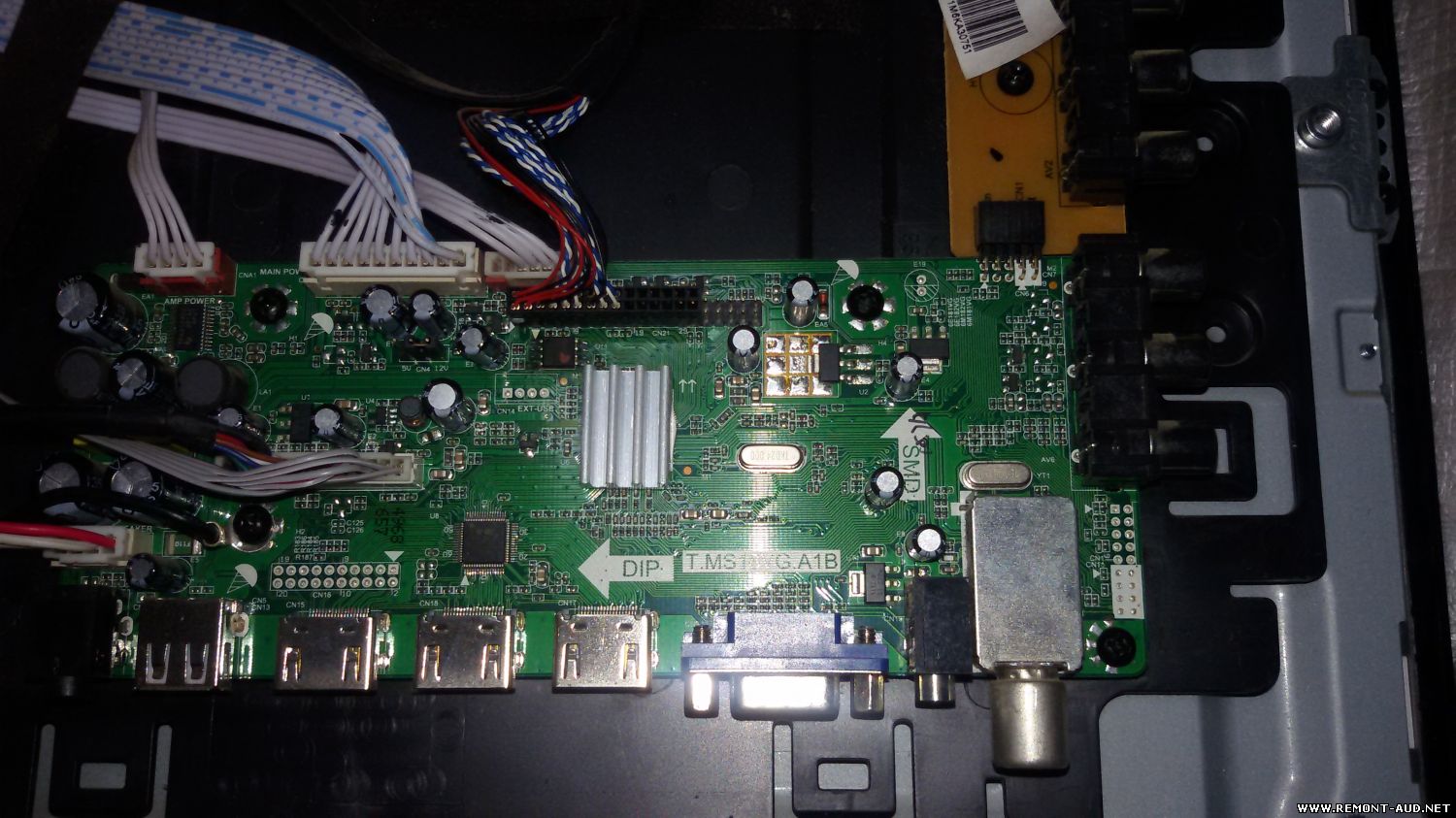Not my area, however, just doing a search on the web apparently you drag the bin file to a memory card which you then insert into the camera. I then extracted the C1900-UN.BIN, which gave alot of zip, html, and giff files. It looked like the files used in the OS were seperated into each files, which is not what I wanted. So I used Binwalk again and it showed some possible OS offsets. I tried extracting them with dd like ↓ but kept getting garbage. The Cisco IOS seemed like the most viable offset, but it doesnt even give the correct header. Im trying to extract the Filesystem if possible, or at least extract the OS to load in IDA.

These tools will help to explore or unzip the bin files, Logo maker and changer, smart android unpack tools, Recovery Tools, Backup Tools, SPI Tools, and many more. You need to put the bin file on a card that is compatible with your camera.
- Even to root your Galaxy device with Magisk, you need to patch “AP_xxx.tar” via Magisk.
- AFAIK there are no shrink wrapped solutions for updating files on a file system, so you get to create your own.
- Therefore your smartphone will automatically be disconnected and should connect back to its data network.
- Binwalk can discover available files that are stacked on top of each other and automatically extract (through the -e flag) them based on known types and deflators.
- Some gamers that dump game ROM data to BIN files compress them in .ZIP archives to reduce their size.
File formats and file systems use a series of bytes as identifiers, usually called “magic numbers” or signatures. During firmware analysis it is especially useful to identify signatures of known file types, for which multiple tools are available. In the case of binary files, strings can display debug messages, software licenses, version messages or even names of functions called from a binary. Knowing what software a binary may be running brings file firmware stok rom a lot of information to the context in which the analysis is being performed. I needed to get the combined file into the intermediate microcontroller, which turned out to be similarly straightforward.
In particular the firmware is for the STM32F103C development board from STMicroelectronics. In these cases, it is interesting to look for constants in these and other adjacent sections that can guide us in making this identification. Some cryptographic algorithms make use of constant structures to define their initial state. By profiling the byte distribution of a file, it is possible to recognize different file encodings and even estimate the possible languages in which the text is written. A more mundane example of this could be given with our language. Taking as a symbol a word instead of a byte, if you analyze the entropy of a literary work, you will get an unknown entropy value X. Going back to FUN_080003e4 we can note that the addresses are no longer marked in red.
